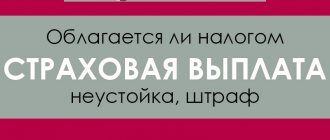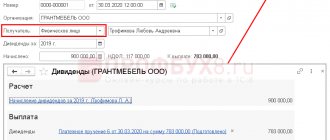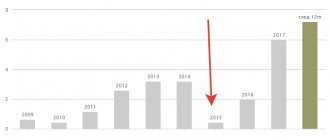TaxCoach experts emphasize that when talking about tax-free and low-tax methods of consolidating assets, one cannot fail to mention the possibility of transferring property as a payment of dividends.
In accordance with Article 43 of the Tax Code of the Russian Federation, a dividend is any income received by a shareholder (participant) from an organization when distributing profits remaining after taxation.
Dividends can be paid in cash, including both non-cash and cash, and in cases provided for by the charter - with other property. In any case, the decision to pay dividends must be made by the general meeting of participants with the signing of the corresponding protocol. If there is only one participant, then he independently decides in what order dividends will be paid to him.
And it is also very important to follow one rule: payment of dividends is possible only if the company’s net income (or net assets) is greater than its authorized capital and reserve fund, including after payment of dividends.
Since dividends are the profit of the company's participants, the question of paying appropriate taxes arises. Profit tax/personal income tax rates range from 13 to 15% depending on who the recipient of the dividends is, while recipients are legal entities or individual entrepreneurs under special tax regimes and pay income tax/personal income tax regardless of the chosen taxation system.
In addition, from 01/01/2011 income of a Russian company in the form of dividends from another Russian company, in which the share of participation of the receiving organization is at least 50% continuously for 365 days, is not subject to income tax and a single tax according to the simplified tax system (rate 0%) (subclause 1, clause 3 Article 284, sub-clause 2, clause 1.1, Article 346.15 of the Tax Code of the Russian Federation).
Thus, the taxation of dividends paid in cash is regulated in sufficient detail in the Tax Code of the Russian Federation.
The practice of paying dividends with property is not so widespread. Meanwhile, such a need may arise if there seems to be retained earnings (in the balance sheet), but it is not possible to withdraw funds from current turnover.









